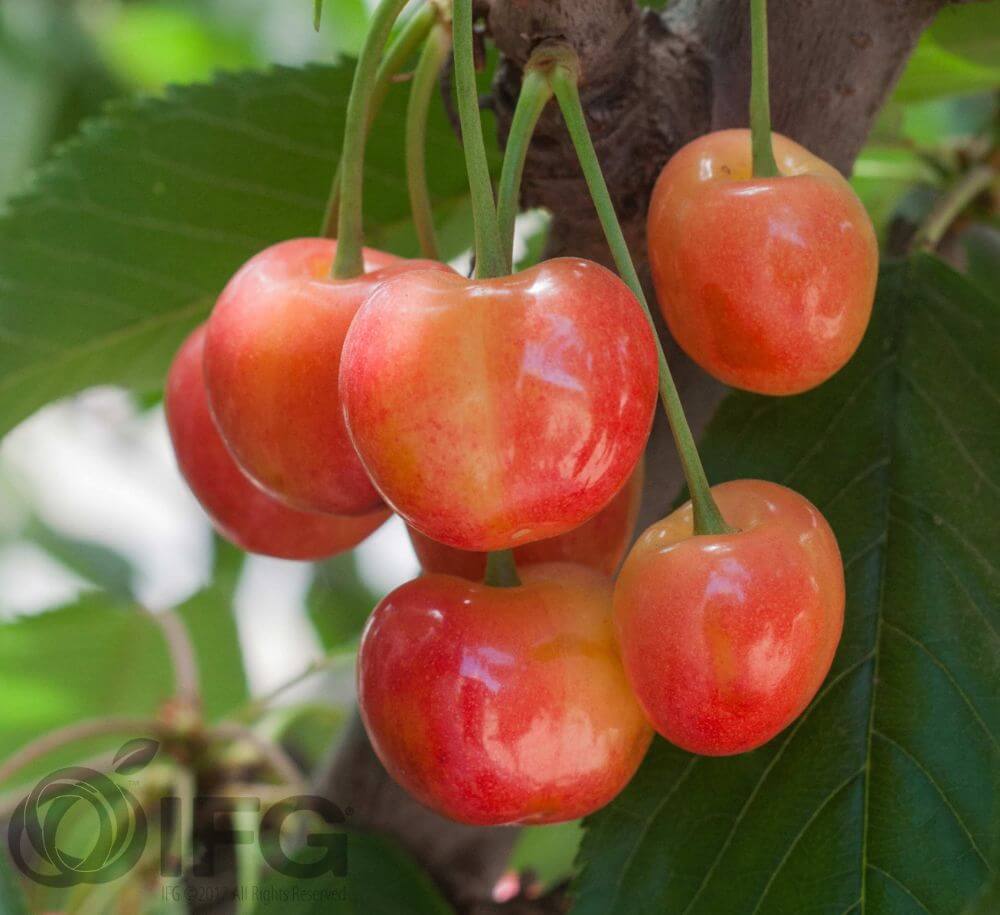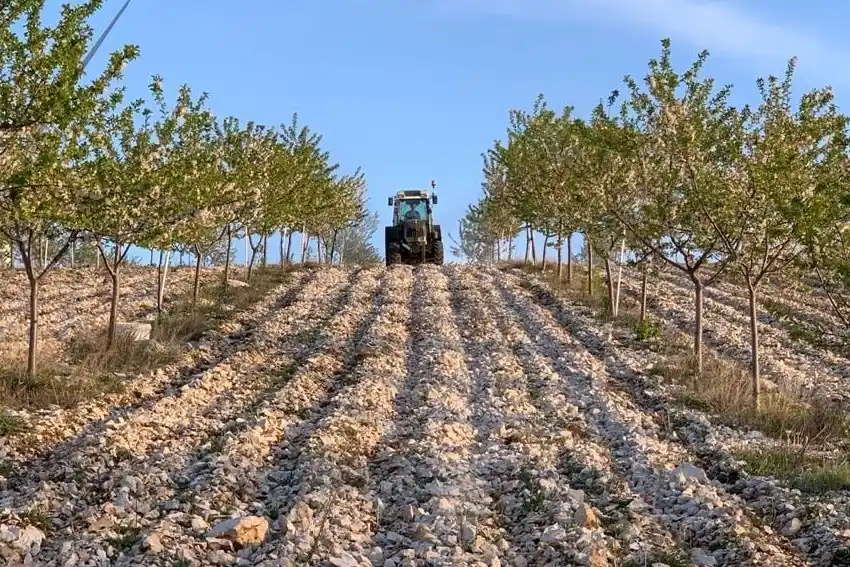In the heart of Otago, in Cromwell, lies Electric Cherries, New Zealand’s first fully electric cherry orchard. With 9,300 trees spread over six hectares and an annual production of around 80 tonnes, this farming venture doesn’t just grow fruit — it cultivates a vision of a sustainable future.
Behind the project is Mike Casey, a visionary entrepreneur and founder of the advocacy group Rewiring Aotearoa, which promotes large-scale electrification in the primary sector.
An all-electric supply chain from A to Z
From the outset, Casey’s goal was clear: to build a farm where every step — from processing to transport — is powered exclusively by electricity.
To achieve this, he prioritized buying locally available electric machinery, such as road vehicles sourced from New Zealand Hyundai dealerships. However, local availability wasn’t always sufficient.
So, Casey started looking abroad: an electric tractor was shipped from San Francisco, and frost-fighting fans were sourced from South Africa. But when even the global market didn’t offer the right solutions, Casey decided to build them himself.
“Recently we converted an old 1980s Hilux into an EV and built a custom electric sprayer that hooks up to our tractor,” he says. “You look in New Zealand first, then the world. If you still can’t find it, you build it yourself.”
Custom infrastructure and integrated solar
Transforming the property — originally a house with a basic single-phase power supply — required a significant investment: new switchboards, transformers, and kilometres of cable were installed to power all areas of the orchard’s operations.
Supporting the system are also photovoltaic panels, which generate energy used directly in the company’s internal grid.
The electrician has now become a permanent fixture at the farm: “We have five EV charging points spread across the orchard, including one in our tractor shed,” Casey explains.
Harder at first, but economically sound
Casey admits the transition was complex, especially for those starting from scratch. However, he points out that farms already operating with three-phase electric setups — for example, milking sheds or irrigation systems — could electrify much more easily.
While he doesn’t advocate for an immediate abandonment of traditional machinery, Casey recommends gradually shifting to electric: “Once a machine reaches the end of its life, it makes sense to go electric. New electric equipment costs more upfront, but becomes cheaper over time, especially considering the rising cost of diesel.”
He adds: “This isn’t environmentalism for its own sake. It’s a financially smart choice. If you finance a solar installation with a business loan, your energy cost drops to about 7 cents per kilowatt-hour. Diesel, on the other hand, equates to 2–3.5 kWh per litre, with prices ranging from $1.50 to $2.00 (roughly €1.37–€1.83) per litre.
Even when buying energy from the grid, the cost is still around 25–35 cents per kWh: the math is simple.”
Looking ahead: electrification as an opportunity
Electric Cherries is not only a successful case study — it’s a replicable model, especially for farms that want to face the future with pragmatism and vision.
At a time when governments are beginning to support the transition with targeted incentives, choosing electric becomes a concrete step toward more resilient, efficient, and sustainable fruit farming.
Text and image source: ruralnewsgroup.co.nz
Cherry Times - All rights reserved












